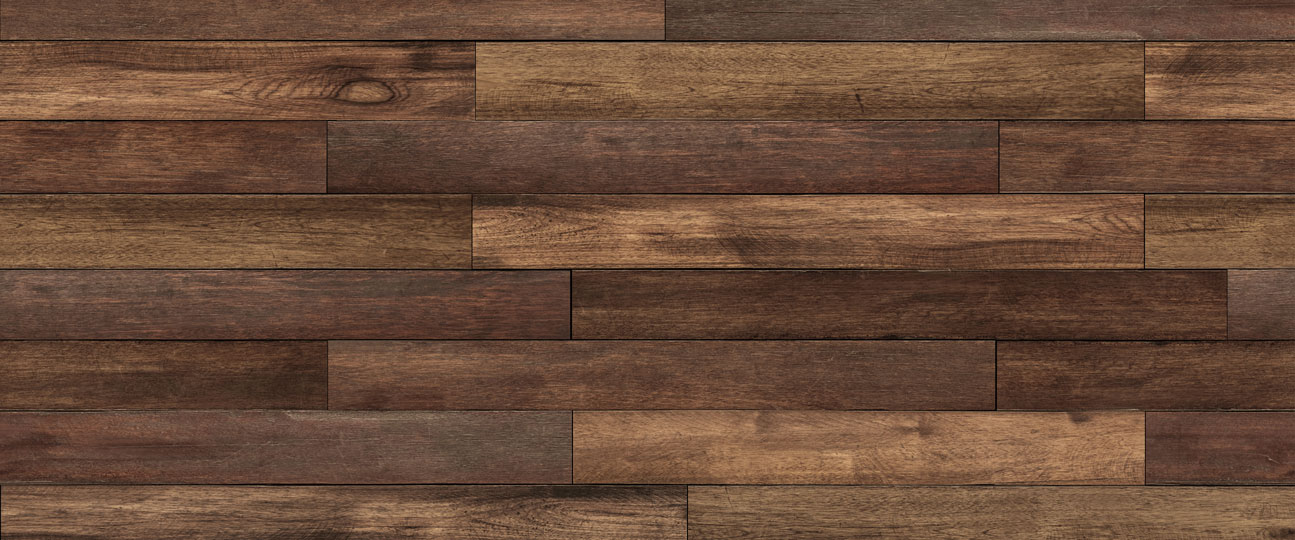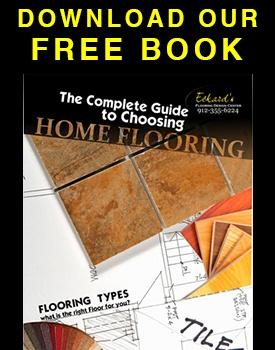A lot can go bad in a crawl space
The Crawl Space Has a Big Impact on Your Home's Flooring
If you have ever been to our shop looking at hardwood floors, or heard me on the radio talking on the subject, there is a good chance you understand the importance of protecting your hardwood flooring investment from moisture damage due to humidity rising through your home from the crawl space. Not considering what’s going on under there is the single biggest mistake folks make when purchasing a new floor.
Moisture can damage a hardwood floor irreversibly, so every installation should include effective safeguards against it. For this reason, every installation should include underlayment between the subfloor and the flooring. There is a variety of products that can serve this purpose, but most wood manufacturers don’t recognize underlayment as an effective moisture barrier. You may still have moisture problems over a crawlspace unless you take precautions under your home. They include covering the ground with a vapor barrier or insulating the crawlspace with closed cell insulation while providing adequate ventilation down there.
It is important to verify in the manufacturer’s warranty paperwork exactly what they say their product needs in order to life a long, flat life in your home. Most specs are written in accordance with the National Wood Flooring Association guidelines, but there are nuanced differences at times from one manufacturer to another. I hope you will find the information presented here helpful, but consulting the NWFA website & contacting one of their highly trained representatives is never a bad step when doing everything you can to protect your investment. You can find them on the web here: NWFA.org.
Putting a Vapor Barrier in Your Crawlspace
Here are a few tips on putting in a vapor barrier in your crawlspace:
- Cover the total ground space with black plastic with a minimum thickness of 6 mils. Overlap the sheets by a minimum of 6 inches and connect the seams with waterproof tape. Extend the plastic at least 6 inches up the walls around the perimeter walls and seal them up with tape.
- Measure the area of the crawlspace to calculate the number and size of the vents you should allow. The total venting should be 1-1/2 square feet for every 100 square feet of ground space. Pick up enough vent covers to provide the required venting area. The area of each cover is usually marked in it’s packaging.
- Usually, homes are built with adequate ventilation. If you have any questions, or concerns about existing vents, or lack there of, it is always best to contact a local crawlspace expert. We work with several, so let us know if you feel that this is an issue.
- Closed cell insulation is far and away the best way to totally stop all moisture migration from the crawlspace into your home. This barrier is 100% waterproof and allows zero humidity to permeate through. There is no better way to protect your new hardwood than to install a closed cell insulation system. Again, we work with several wonderful local pros who can discuss the costs and benefits of insulating your home in this way. It is a good idea to use this type of insulation if the bottoms of your floor joists are closer than 18 inches to the ground.
The Bottom Line
Humidity levels can dramatically change from day to day in these crawlspace areas. What is dry today might be a cloud of vapor after a storm tomorrow. Taking the time to discuss with us what you have under there & taking proper precautions to prevent moisture damage is the number one thing you can do to make sure you get a lifetime of use out of your new wood floors. Let us know what’s going on in your crawlspace & we’ll help you set up a game plan!



